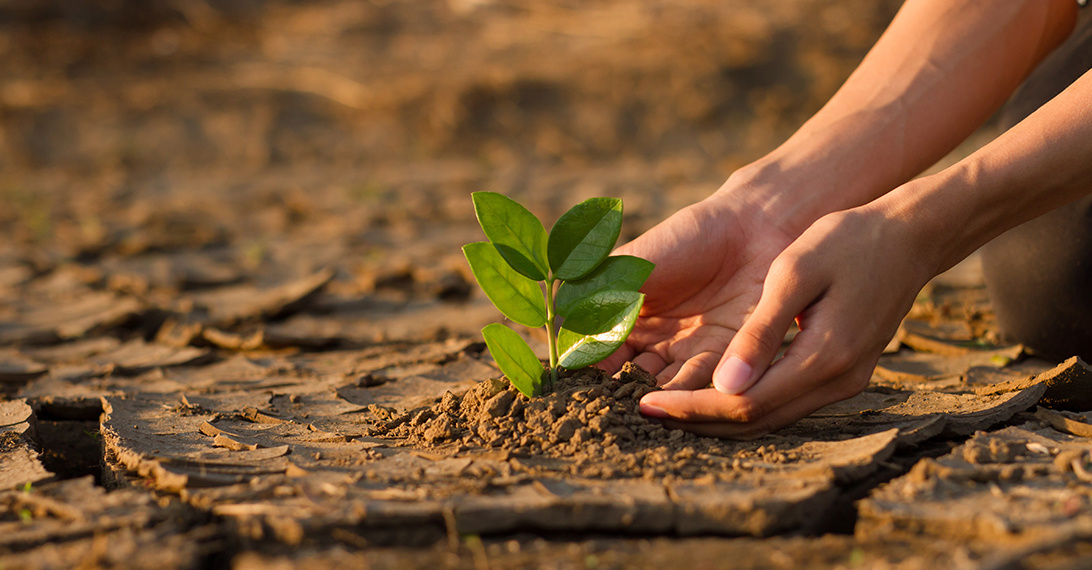Seafood is an essential part of global food chains, providing a vital source of nutrition and sustenance for millions of people. It supports the livelihoods of billions worldwide, from small-scale fishers to large-scale aquaculture operations, and contributes significantly to global economies, particularly in coastal and island nations.
Introduction
Sustainable seafood refers to edible aquatic wildlife harvested or farmed in ways that safeguard and maintain the health of marine ecosystems. Most sustainable seafood originates from fisheries or aquaculture operations dedicated to minimising environmental impact, promoting biodiversity, ensuring fair working conditions, and supporting the livelihoods and economic well-being of everyone involved in the supply chain. Creating runways for producing sustainable seafood is crucial for protecting ocean health, supporting fishing communities, and maintaining food security. Growing and producing sustainable seafood is critical in creating a culture of accountability in the industry, whether it be promoting sustainable practices to preserve blue carbon sinks, or avoiding overfishing to minimise impact to local food chains. 83% of global carbon is cycled through the world’s oceans, and preserving its natural environment of seagrasses, tidal marshes, and coastal mangroves can continue to mitigate growing carbon emissions.

Methods and Practices for Sustainable Seafood
By adopting these methods and practices, the seafood industry can promote environmental stewardship, support economic well-being, and ensure a sustainable future for marine resources.
Fishing methods: Sustainable seafood practices rely on selective fishing techniques, such as pole-and -line, handline, and trolling. Unlike bottom trawling and dynamite fishing, which risk overfishing, marine habitat destruction, and long-term ecosystem damage, sustainable methods target specific species and sizes of fish. This approach reduces bycatch and minimises impact on non-target species.
Aquaculture practices: Environmentally responsible fish farming is essential for sustainable seafood production. Recirculating aquaculture systems (RAS) and integrated multi-trophic aquaculture (IMTA) are innovative practices that reduce environmental impact. RAS continuously filters and recycles water within fish tanks, minimising water usage and waste discharge. IMTA combines species like finfish, shellfish, and seaweed in a single system to reduce the ecological footprint of aquaculture. By recycling waste from one species to benefit another, this approach ensures efficient resource use and waste reduction. IMTA also sequesters blue carbon through seaweed’s carbon dioxide absorption, helping to lower greenhouse gas levels. For instance, to reduce reliance on imported seafood, the Singapore government has funded initiatives to enhance aquaculture efficiency with minimal environmental impact. The Singapore Aquaculture Plan aims to transform the seafood sector by improving aquaculture spaces through research, adopting advanced technology, and better farming practices.
Management and regulations: Effective management and regulations are vital for sustainable seafood. Quotas and catch limits help prevent overfishing by controlling the amount of fish harvested. These measures ensure fish populations remain healthy and productive. Marine Protected Areas (MPAs) and no-take zones play a critical role in conserving marine biodiversity. MPAs provide safe havens for marine life to thrive, while no-take zones prohibit fishing altogether, allowing ecosystems to recover and flourish. For example, to maintain sustainable fish stocks, Singapore has introduced measures like fishing quotas, fear limitations, and seasonal closures. The government has also created MPAs to protect marine biodiversity and endangered species. The Singapore government has also collaborated with international organisations like the Marine Stewardship Council (MPC) to encourage sustainable fishing practices.
Technological innovations: Technological advancements are enhancing seafood sustainability through satellite tracking and monitoring systems that provide real-time data on vessel locations and fishing activities. This technology aids in enforcing regulations and reducing illegal, unreported, and unregulated (IUU) fishing. Additionally, advances in sustainable feed for aquaculture, such as plant-based or insect-based feeds, reduce reliance on wild fish stocks for fishmeal and fish oil, contributing to a more sustainable aquaculture industry.
What Labels Are Typically Around Sustainable Seafood? How Do I Comply with These?
As an individual consumer or someone running a business, you may wonder, “How do I know my seafood is sustainable?” The answer to this question is recognising sustainable seafood certification labels from the Marine Stewardship Council (MSC), Aquaculture Stewardship Council (ASC), and Best Aquaculture Practices (BAP). Just like certifications and assurances given within carbon accounting, these certifications are often featured on product packaging, restaurant menus, and in retail stores, indicating that the seafood meets specific planet-friendly, responsibility sourced standards. Here’s what you should know about these certifications:
- The MSC certification focuses on wild-capture fisheries and assesses factors such as fish stock health, environmental impact, and effective management practices. To be eligible for MSC certification, producers must demonstrate that their fishing practices do not contribute to overfishing, maintain healthy fish populations, and focus on reduced negative environmental impact.
- The ASC promotes global responsible aquaculture practices through a certification that focuses on environmental and social responsibility. The program covers various species with a single certification standard for farms. Producers must meet requirements for water quality, feed sustainability, fish health, and fair labour conditions. ASC aims to ensure minimal environmental impact and support sustainable seafood production.
- BAP certification addresses environmental, social, and food safety aspects of aquaculture through its standards for hatcheries, farms, feed mills, and processing plants. It emphasises best practices to minimise pollution, ensure worker safety, and maintain seafood health. The certification encompasses four levels: feed, hatchery, farm, and processing plants. BAP also includes environmental management practices to protect ecosystems.
Complying with these certifications involves meeting rigorous criteria and undergoing regular third-party audits to ensure ongoing adherence to standards. The implications for sustainability are significant, as certified producers contribute to healthier marine ecosystems, support responsible resource use, and promote fair labour practices.
Traceability and transparency have become imperative in sustainable seafood sourcing, especially from an accountability point of view. Certifications often require detailed documentation of the seafood supply chain, from capture or farming to the final consumer. This transparency helps build consumer trust and ensures that seafood is sourced responsibly, preventing illegal, unreported, and unregulated (IUU) fishing practices.
Environmental Benefits of Sustainable Seafood
Sustainable seafood practices are important for protecting marine ecosystems and encouraging biodiversity. These practices help reduce overfishing and bycatch, which can be detrimental to the health and diversity of fish populations. Fish play a critical role as part of marine ecosystems, and in some cases, undersea flora depend on them for long-term survival. Much has also been made about how destructive fishing practices like bottom trawling can often plough up sequestered carbon in seafloor soils. These have the effect of hampering the carbon sink potential of the oceans, directly trading off volume of catch for direct greenhouse gas emissions. The environmental benefits are clear: they contribute to the preservation of vital underwater environments and the overall health of the ocean.
Conclusion
Sustainable seafood is essential for maintaining healthy marine ecosystems, ensuring the long-term viability of fish populations, and supporting the livelihoods of communities dependent on fishing. Consumers play a crucial role by choosing sustainably sourced seafood, and can drive demand for responsible practices. Producers must commit to sustainable methods, adhering to certifications and maintaining transparent supply chains. The importance of regulatory bodies cannot be stressed enough in setting standards, enforcing regulations, and supporting initiatives that promote sustainability. Together, these efforts can contribute to a resilient, thriving, and sustainable seafood industry.



